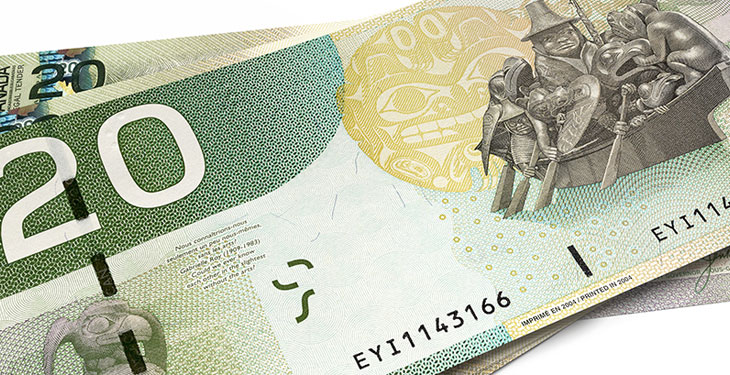Here’s how to get government grants into your RESP

There are plenty of good reasons to use a Registered Education Savings Plan (RESP) to help you save for someone’s post-secondary schooling, but the best reason to open one is the Canada Education Savings Grant (CESG).
This grant, introduced in 1998 by the federal government, is essentially free money for those who save in an RESP. The program matches up to 20% of contributions to the plan, to an annual maximum of $500 or $1,000 (based on carry-forward room) and a cumulative limit of $7,200 per child. To get the $500, you’ll need to contribute $2,500 in one year.
Many RESP holders have questions about how to get that grant into an account; fortunately, it’s an easy process.
Your advisor can take care of the details.
If you’re working with an advisor – or a fund company or a bank – to help manage your RESP, they will handle the details of applying for and receiving the CESG. They will give you the applicable forms to fill out, and then they’ll submit them to the federal government.
When it comes time to use the money, your advisor will indicate whether you want to withdraw from what’s called the Education Assistance Payments portion of savings (this includes the CESG, and is taxable at the student’s marginal rate) or from your contribution amount, which is not taxable.
DIY investors must do it themselves.
If you are managing the RESP yourself through an online brokerage account, you will have to apply for the grant yourself. To be eligible for the CESG, the student must be a resident of Canada, have a valid Social Insurance Number and be named as a beneficiary in an RESP. The RESP must be set up and a contribution must be made before the student can receive any payments. There are further restrictions on CESG eligibility as beneficiaries approach the age of 17, after which they are no longer eligible.
After you’ve made your first contribution, the RESP promoter (in this case the online brokerage) will send you a CESG application form to fill out. (If it doesn’t, request one.) As the RESP subscriber, you will need to provide your Social Insurance Number and signature on the form. If the subscriber is not the child’s primary caregiver, or his or her cohabiting partner (for example, a grandparent), you will also need an Annex B form signed by the legal guardian. The completed form or forms must be returned to the promoter, who will forward them to the federal government.
Wait 30 days for payment.
The CESG has a one-time application. As long as the beneficiary is eligible for the grant, based on the information provided, the federal government will automatically deposit payments in the RESP account corresponding to your contributions – usually 20%, although there are additional amounts available to families with incomes less than $100,392 (in 2022).
The payments should arrive in the account about a month after you make your contribution. Check your monthly account statement, whether paper or online, to confirm the grant has been deposited. Once it is deposited, your advisor will likely invest it on your behalf and according to your portfolio strategy. If you’re using a self-directed brokerage account, you’ll have to invest those dollars yourself.
If your child is the beneficiary of more than one plan, the CESG applies on a first-come, first-served basis. In other words, you won’t get double the grants; instead, whatever account gets the money first will get the grant, up to the annual limit. Once the lifetime grant limit is reached, the federal government will stop paying its share.
Get caught up with double payments.
Don’t fret if you’ve missed a contribution year: the government grant doesn’t disappear. CESG room begins to accumulate at birth, so it is possible to carry forward unused grant room. However, you’re not going to get years of missed payments all at once.
Here’s how it works. If your child was born in 2019, then in 2022 you’ll have $2,000 of grant money carried forward. However, you can only get $1,000 of that grant money in one year. To do that, you need to contribute $5,000 ($2,500 x 2.) Since CESG room accumulates yearly and is treated as a separate portion of the RESP from your investments, you can strategize when and how much to contribute to play “catch up,” keeping in mind the yearly maximum CESG grant limit. If you open an account when your child is nine, you’ll still have enough time to get all the CESG grants (again by contributing $5,000 per year) through his or her 17th birthday, after which grants will end, even if you have more CESG contribution room.
Canadians will likely use a variety of registered savings accounts in their lifetime (such as the RRSP and the TFSA), but nothing else comes with anything like the CESG. There’s not a saver in the country who wouldn’t want free money from the government, so make sure you’re doing what you need to do to get those dollars into your account.


